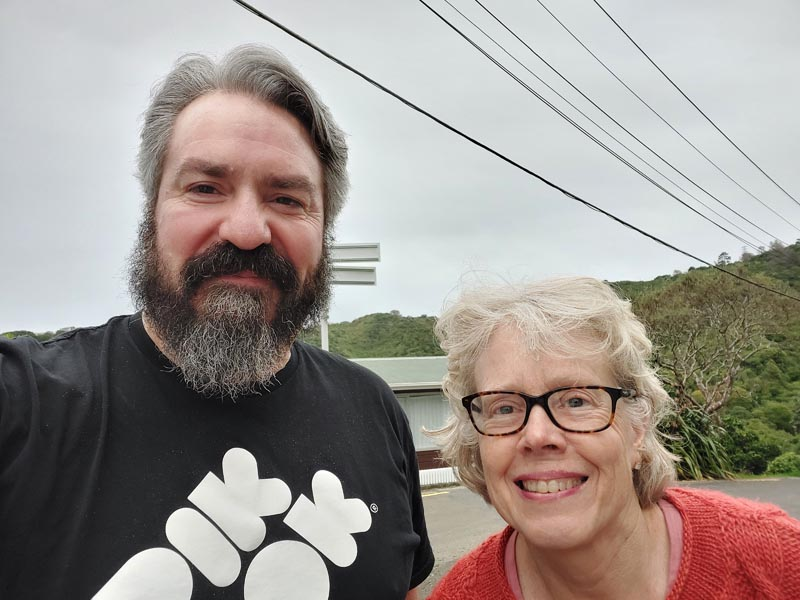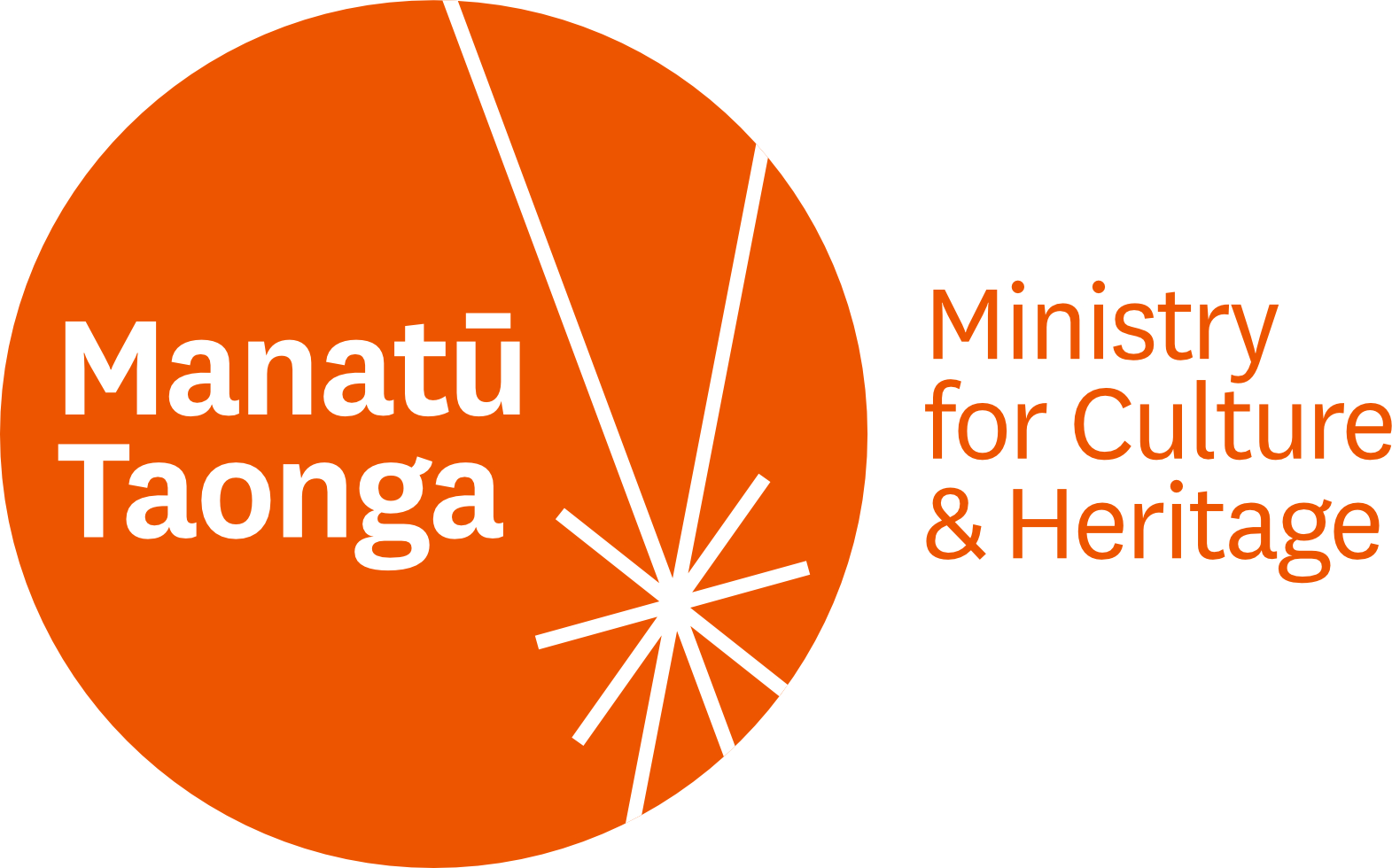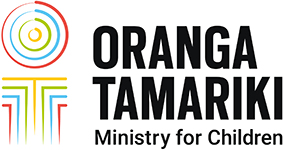Dr Amanda Gardner is an American authority and writer in the field of arts in criminal justice and corrections facilities. Her academic expertise is demonstrated by numerous publications, including an analytical case study of California’s Arts in Corrections initiative, which has rigorous evaluation methods and measurable outcomes linked to rehabilitation and reintegration support.
 sm.jpg) As co‑author of the Prison Arts Resource Project, she helped establish the first annotated bibliography of evidence‑based research into arts programmes in United States' correctional settings. This was originally funded by the National Endowment for the Arts and is continually updated to include 91 studies.
As co‑author of the Prison Arts Resource Project, she helped establish the first annotated bibliography of evidence‑based research into arts programmes in United States' correctional settings. This was originally funded by the National Endowment for the Arts and is continually updated to include 91 studies.
Dr Gardner is also the co-editor, with Dr Laura Caulfield, of Arts in Criminal Justice and Corrections: International Perspective on Methods, Journey, and Challenges (Routledge).
Dr Gardner visited Wellington in July 2025 and responded to three questions asked by Arts Access Aotearoa.
1. What drives your long-term interest in this work?
I became involved in community arts completely by accident when I took over the creative writing programme at the homeless shelter in Hoboken, New Jersey, just across the Hudson River from New York City.
I ran that programme for nine years and it changed my life. It also led me to pursue a doctorate in Interdisciplinary Studies, writing a dissertation/thesis on homeless writers. I think this work has given me a sense of community and belonging which, as someone who moved around a lot as a child, I had never even thought possible.
When I moved from New Jersey to New Mexico, I decided to try the other side of the fence, so to speak, and initiated a similar programme in a women’s pod at the Albuquerque jail.
Now I do the same thing at OffCenter Community Arts Studio – what you would probably call a creative space in New Zealand. I have had opportunities to learn and grow beyond my wildest dreams.
2. What evidence is there in the US that arts programmes in the criminal justice system can be an important rehabilitative tool?
I maintain a database of 91 evidence-based studies into the effectiveness of US correctional arts programmes, the vast majority of which show benefits of the arts to people in prisons.
 These studies in the Prison Arts Resource Project show reduced recidivism, fewer disciplinary infractions and reduced costs associated with arts in criminal justice programmes.
These studies in the Prison Arts Resource Project show reduced recidivism, fewer disciplinary infractions and reduced costs associated with arts in criminal justice programmes.
Some might refer to these as “hard” endpoints but there are also a slew of other endpoints showing positive relationships with arts programmes: more confidence, better social skills and stronger family relationships, time management and discipline skills, and many, many more.
These things are all necessary for a person to live well in the “free world” and also form the basis for desistance or crime-free living over time. The Prison Arts Resource Project was modelled on the Evidence Library, a similar database hosted by the UK National Criminal Justice Arts Alliance.
In short, there is overwhelming evidence that the arts confer benefits on participants, both in and outside of prisons. The Prison Arts Resource Project is also a “living” document and we are continually adding new studies as they emerge.
With the recent success of the Sing Sing movie, let’s take a look at research conducted by Rehabilitation Through the Arts (RTA) about the effectiveness of its arts programme at Sing Sing Correctional Facility in New York state.
Since 1996, RTA has been working with professional teaching artists, who lead year-round workshops in theatre, dance, music, creative writing and visual arts at Sing Sing Correctional Facility. Its website states that the recidivism rate for RTA participants is just 3%, compared to the US national average of 60%. That’s huge.
3. What brings you to New Zealand?
I came to Wellington specifically to meet the team at Arts Access Aotearoa. Arts in Corrections Advisor Neil Wallace was kind enough to write an endorsement of the book I co-edited with Dr Laura Caulfield and which was published in November 2024.
I and others in the prison arts community in the United States have long admired the longevity and robustness of Arts Access Aotearoa’s prison arts programme.
I was particularly interested in reading Neil’s recent literature review on prison arts research. I am hoping that he and perhaps others involved in Arts in Corrections in New Zealand may like to contribute papers to a new journal I am involved with called the International Journal for Creativity Inside.
We are currently planning the first issue. Please contact Neil (Email: neil.wallace@artsaccess.org.nz) if you are interested in submitting.
LATEST ARTS ARTICLES POSTS
- American authority on impact of arts programmes in prisons
- Easy-to-action list to improve your accessibility
- Praise for Arts in Corrections guide
- Te Kāhui a potent tool to heal and grow
- Kim Anderson: from head to page
- Music festival embraces accessibility
- Creating space for diverse voices in theatre
- Opening doors to the Auckland Arts Festival
- Impact of arts programmes in prisons
- Prison learners at The Learning Connexion





